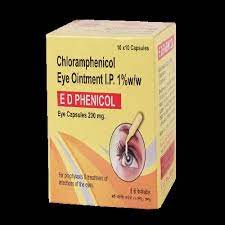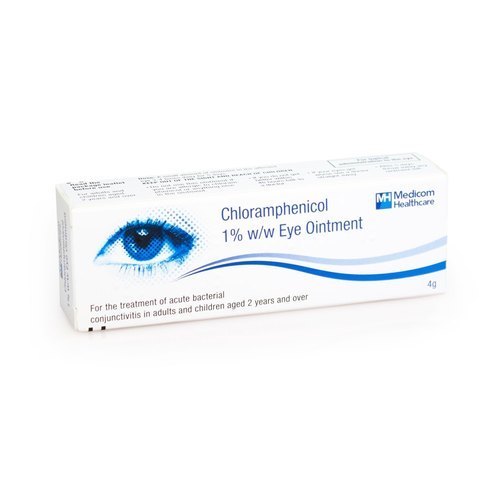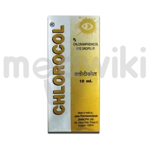chloramphenicol
Introduction to Chloramphenicol
Chloramphenicol is a broad-spectrum antibiotic that is used to treat a variety of bacterial infections. It is known for its effectiveness against serious infections when other antibiotics may not be suitable. Chloramphenicol works by inhibiting bacterial protein synthesis, which prevents the growth and multiplication of bacteria. This antibiotic is available in several forms, including injections, syrups, and capsules, making it a versatile choice for healthcare providers to treat different types of infections. Due to its potency, Chloramphenicol is often reserved for severe infections where other treatments have failed.
Composition of Chloramphenicol
The active ingredient in Chloramphenicol is the compound itself, Chloramphenicol, at a concentration of 1% w/w. This antibiotic works by binding to the 50S subunit of the bacterial ribosome, inhibiting protein synthesis, and ultimately leading to the death of the bacterial cells. Its broad-spectrum activity makes it effective against a wide range of Gram-positive and Gram-negative bacteria. Chloramphenicol's ability to penetrate tissues and reach therapeutic concentrations in various body fluids is a key factor in its effectiveness.
Uses for Chloramphenicol
Chloramphenicol is used to treat a variety of infections, including:
- Severe bacterial infections such as meningitis
- Typhoid fever
- Cholera
- Rickettsial infections
- Eye infections (when used as an eye drop)
- Respiratory tract infections
- Infections caused by anaerobic bacteria
Side Effects of Chloramphenicol
While effective, Chloramphenicol can cause several side effects, including:
- Bone marrow suppression, leading to aplastic anemia
- Nausea and vomiting
- Diarrhea
- Allergic reactions, such as rash and fever
- Gray baby syndrome in newborns
- Peripheral neuropathy
- Headache and dizziness
Precautions for Chloramphenicol
Before using Chloramphenicol, it is important to consider the following precautions:
- Inform your healthcare provider about any allergies to medications.
- Use with caution in patients with liver or kidney impairment.
- Regular blood tests are recommended to monitor blood cell counts.
- Avoid using in newborns or during pregnancy unless absolutely necessary.
- Inform your doctor of any other medications you are taking to avoid interactions.
- Follow the prescribed dosage and duration of treatment strictly.
Conclusion
Chloramphenicol is a powerful antibiotic reserved for serious bacterial infections due to its potential side effects. Its ability to treat a variety of infections makes it an essential tool in the medical arsenal. However, it is crucial to use this medication under strict medical supervision and adhere to all precautions to minimize risks. Always consult a healthcare professional before starting treatment with Chloramphenicol to ensure it is the right choice for your specific condition.
Similar Medicines
Available in 4 variations

Chloramphenicol 1%w/w Eye Ointment
undefined

Chloramphenicol Palmitate Syrup
Chloramphenicol Palmitate Syrup
bottle of 50 ml Syrup

Chloramphenicol SY Syrup
Chloramphenicol SY Syrup
bottle of 450 ml Syrup

Chloramphenicol 1% Eye Ointment 100s
undefined
Related Faqs
Related Posts

1:15
How Do You Know If You Have a Vaginal Infection? Warning Signs!

1:15
Top Health Benefits of Cinnamon | How to Use It for Better Health!

1:15
Is Your Blood Pressure Too Low? What Are the Best Remedies to Fix Low Blood Pressure Instantly?

1:15
Mala D: How it works, When and How to take Mala D and Side Effects of Mala D!

1:15
Reduce Inflammation Naturally: Best Foods for Heart, Diabetes & Overall Health!




















.svg)
